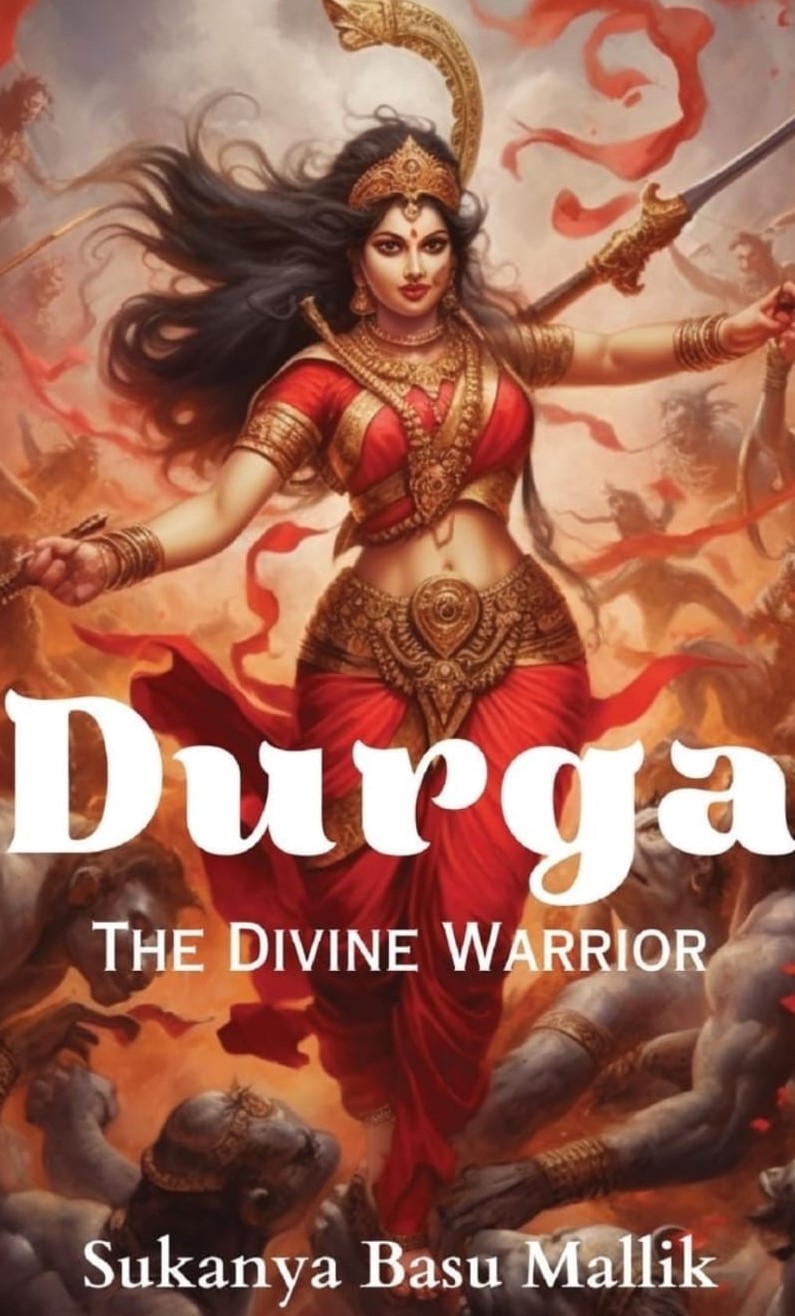I first read Sophie’s Choice in 1985, when I was eighteen years old. It was a birthday gift from my fifteen-year-old sister. Later, my sister, an English major in college, got the same paperback signed by Mr. Styron to whom she served dinner while he was on campus. She also got me a signed copy of The Confessions of Nat Turner, an earlier book by Mr. Styron.
Since I was not an English major, I read Sophies’s Choice for entertainment, and not with a pencil and notebook by my side.The only points that stayed with me for all those years were her choices – son vs. daughter and later, Stingo and his southern farm vs. Nathan and his schizophrenia.
In re-reading it more recently, I realized that the book covered so much more.In fact, I felt that it was the perfect followon to Styron’s book about Nat Turner, a slave who led the only real revolt against his white oppressors.His choice of characters, a Southerner, a gentile survivor of the Holocaust and an impartial protagonist – one who only wants each of these conflicted people to see the truth that’s within them, was ideal to take forward Styron’s work on slavery and compare it, very directly, with anti-Jewish sentiment prevalent in Poland in the early 20th century.
Styron not only covers slavery, the Civil Rights Movement and the holocaust at considerable length, with references, almost as if this were a research paper but he also pulls in mental illness, growing pains, a father-son relationship, writerly pursuits and the challenges they ensue and he knits all of these elements into a cohesive story with strong characters, a reliable narrator to whom much has been revealed and a plot that keeps you wondering what happens next.
In fact, it’s the plot, and the way it is unveiled, that really caught my attention – I felt it almost like a coconut, the first layer, the loose husk comes off easily.Styron introduces his characters and gives the reader an early insight into them, telling their back-stories at the simplest level – who they are, where they come from, where they work and so forth. Next, the hard shell, very hard to crack.One almost needs a hammer or feels the need to throw the coconut down on a hard surface to crack the shell.This is where Styron begins unveiling some darker secrets, such as Nathan’s drug use, Sophie’s lack of interest in helping the Resistance, her participation in her father’s manifesto, her loving husband, her child – her son.It is only once the reader has broken past this hard shell that he reveals the soft middle, the underbelly.This is where Stingo extracts new information from Sophie, about her second child, a daughter, about the choice she has to make, about her lesbian encounters and her attempt to seduce the commandant, about Nathan’s mental illness.
Styron makes the reader peel back layers, slowly, like peeling an onion, the earlier layers often discarded as misunderstandings, half-truths or outright lies, replaced with better, more complete information, only to be discarded or overwritten again by more truths, the final truths, perhaps.
It is this zigzagging peek-a-boo that intrigued me and kept me glued, pencil and notebook, firmly by my side.
Priya Hajela is the author of Ladies’ Tailor, published by Harper Collins India.























